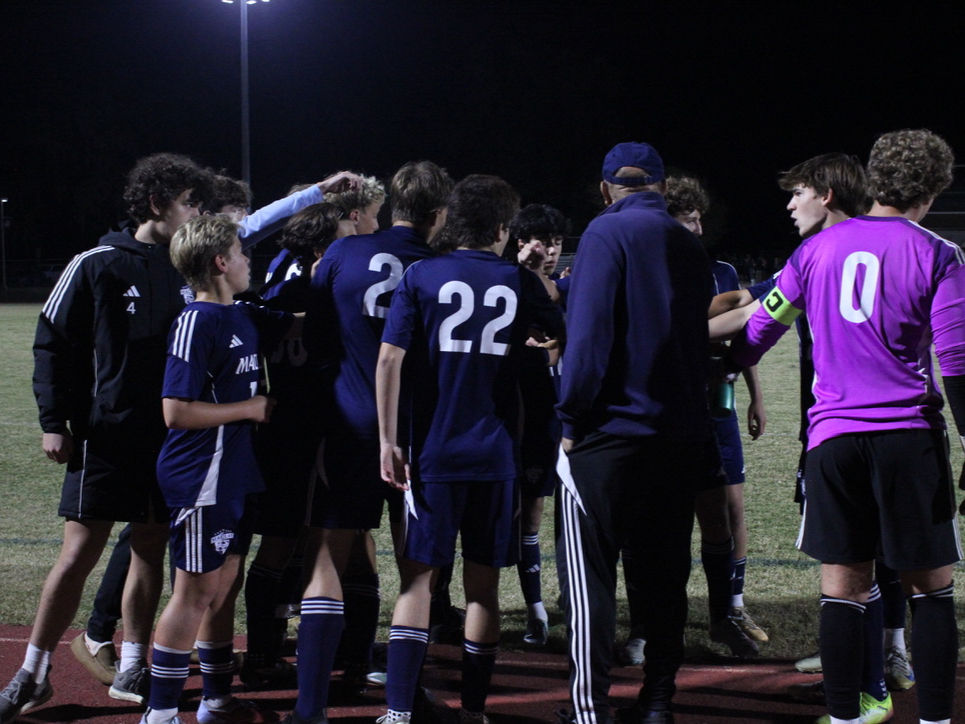Birds of Prey
- Blair Bayliss

- Feb 8
- 2 min read
Updated: Feb 14
Gallery: Maclay Invites Upper School Students To Learn About Birds on the Annual Hawk Day

Perched and Photo Ready - On Monday, Feb. 3, Tallahassee Museum Education Programs Manager Allison Ashcroft educated students on birds of prey. The event was held in Langford Hall, and interested students had an opportunity to sign up beforehand.

Sized Up - Ashcroft starts the presentation by showing some of the items on display. She explains that owl talons can hold animals up to 12 pounds and have a 28-pound grip.

Star of the Show - The first bird, 9-year-old Wilbur, makes an appearance. He was brought into the Tallahassee Museum sanctuary because he was not able to survive on his own in the wild. Wilbur has a condition called ocular albinism, making it hard for him to see far away. Luckily, the museum is able to give him a long, healthy life.

Fighter - Baxter, a 2-year-old broad-winged hawk, perches politely on Ashcroft’s hand. She explains that Baxter was hit by a car at around six months old. He was rehabilitated by the museum and now lives a healthy life.

Wing It - Although hawks and owls are both birds of prey, they have many differences. While a hawk's average life expectancy is around 20 years, an owl’s is around 40 years. Both birds are fast flyers. Owls fly silently at around 45 mph because of their serrated, or separated, edged feathers. Hawks can fly up to 80 mph but are much louder than owls when doing so.

Take Flight - Wilbur spreads his wings to demonstrate his wingspan. On average, an owl’s wingspan is around 4.6 ft, weighing anywhere from 2.2 to 8.8 pounds.

Eyes Peeled - Ashcroft continues explaining the difference between owls’ and hawks’ anatomy. While owls’ eyes are fixated in their skull, hawks are able to move their eyes around just like humans.
Photos by Blair Bayliss/Maclay Andalusian




Comments